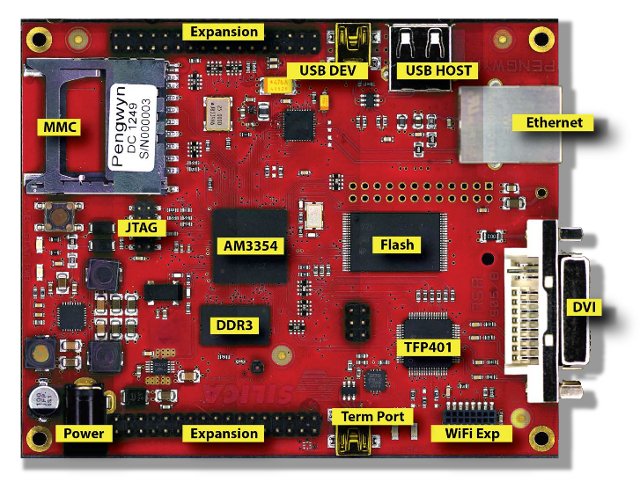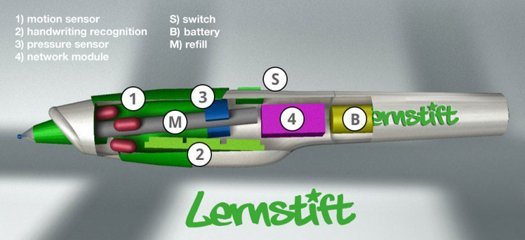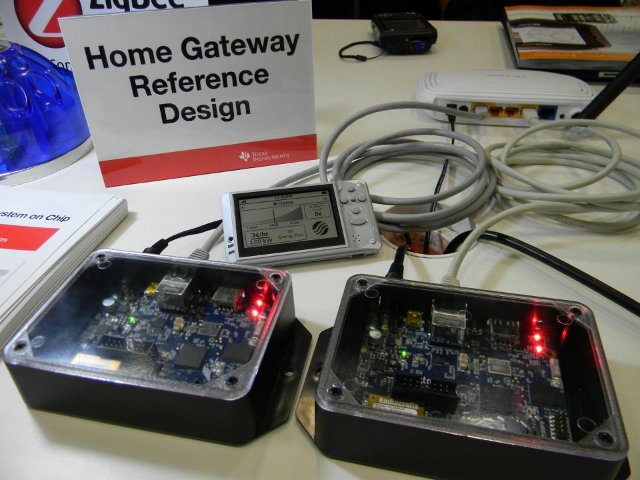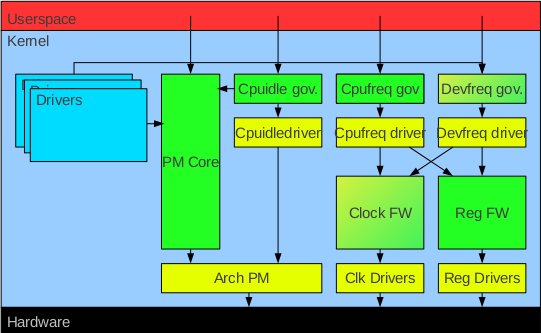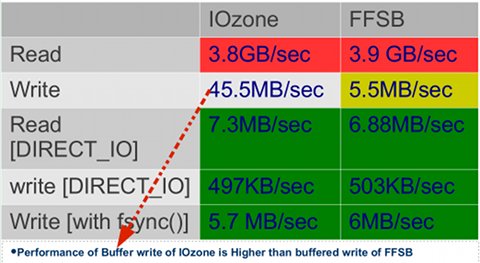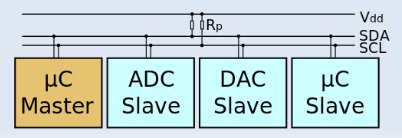At the end of January, SILICA, an Avnet subsidiary, announced the Pengwyn, a single board computer based on Texas Instruments Sitara AM3354 Cortex A8 processor. The board targets industrial customers, and the company promotes it as “an open platform to develop applications under Linux or Windows Embedded operating systems”. Here are the specifications of the Pengwyn board: Texas Instruments Sitara AM 3354 ARM Cortex-A8 MCU @ 720 MHz System Memory – 256 MB DDR3 Storage – 1 GB Nand Flash, 32 MB SPI Flash Memory, and microSD slot (if not used with Wi-Fi/Bt modules) Connectivity and expandability USB Host and Device Ports RJ-45 Ethernet Port Connector for optional 1 GB Ethernet Port 2x connectors for generic expansions modules SDIO/MMC Port (can be used for optional WI-FI/bluetooth modules) DVI Display Port Silica will provide Linux (Arago Project, an OpenEmbedded based Distribution) and Windows Embedded Compact 7 BSP and images, as well as […]
Lernstift – Linux Based Learning Digital Pen
Lernstift UG, a German startup, is working on a digital pen, called Lernstift as well, that can help children learning how to write by vibrating in case of errors. The Lernstift can be used in 2 modes: Calligraphy Mode – Pointing out flaws of form and legibility. Orthography Mode – Detecting orthographic (1 vibration) and grammatical (2 vibration) mistakes. Since it features a ballpoint, it can be used as a real pen, you know to write on paper…, but you can also write in the air, so I suppose they’ll also make a version without ballpoint, so that kids can enjoy one of their favorite pastimes: writing on the walls! The pen features a CPU module (2) that’s used to handle handwriting recognition, gather data from the motion (1) and pressure (3) sensors, and manage the Wi-Fi module (4). A battery, a power switch, and a pen refill complete Lernstift […]
Texas Instruments HG3352 Home Automation & Energy Gateway Reference Design
Texas Instruments has recently announced HG3352 Home Gateway Reference Design that can connect to home energy systems, or/and home automation systems. This reference design, powered by TI Sitara AM3352 Cortex A8 processor, supports ZigBee, Wi-Fi, NFC, Bluetooth, and Ethernet connectivity to allow developers to create home gateways that can interface with multiple systems, products and applications within a smart home. Here are the key features and benefits of TI HG3352 Home Gateway Reference Design: SoC – TI Sitara’s AM3352 ARM Cortex-A8 processor running Linux OS System Memory – 2GB DDR3 Storage – 2GB NAND Flash memory Connectivity: Single ZigBee device (CC2530) supports ZigBee Home Automation and ZigBee Smart Energy standards. WiLink 8.0 solution supports Wi-Fi, Bluetooth, and Bluetooth low energy in a single chip. 6-channel power management integrated circuit (TPS650250) with dynamic voltage scaling provides high power efficiency. Expansion headers give developers flexibility to support power line communications (PLC) and […]
Embedded Linux Conference 2013 Schedule
The Embedded Linux Conference (ELC 2013) will take place on February 20 – 22, 2013 at Park 55 Hotel in San Francisco, California. ELC consists of 3 days of presentations, tutorials and sessions. There will be over 50 sessions during those 3 days. I’ll highlight a few sessions that I find particularly interesting, and that did not get presented at ELCE 2012 (AFAICR). February 20 11:00 – Anatomy of the arm-soc git tree by Olof Johansson, Google We are now two years into the new maintainer model for ARM platforms, and we have settled down into a workflow that maintainers have adjusted well to. Still, when new platforms arrive, or when maintainer ship changes hands, there’s sometimes a bit of ramp-up in getting used to how we organize our git tree and how we prefer to see code submitted to fit that model. This presentation will give an overview of […]
Debugging Embedded Linux (Kernel) Power Management – ELCE 2012
Tero Kristo, Linux kernel developer at Texas Instruments, explains how to debug power management in Embedded Linux at ELCE 2012. Abstract: The presentation will talk about debugging various problems a kernel developer can face when working with power management. These include hardware related issues (IC / HW layout bugs, bad documentation) and software related (kernel bugs, driver problems, adding new kernel features, bad userspace behavior.) Along with presenting some of these problems, I will discuss about ways to debug these… power management typically requires specific tools to be used. I will base the discussion on my first hand experience from working with Linux PM. Target audience is (kernel) software developers interested in power management. The presentation is divided into 3 sections: Debugging tools / methods for PM Disabling kernel features Stress testing Tracing (printk / low level UART) GPIO / LED trace Debugger Buffered traces / statistics with trace-cmd & […]
FFSB and IOzone: File System Benchmarking Tools, Features and Internals – ELCE 2012
Keshava Munegowda and Sourav Poddar, software engineers at Texas Instruments, give a presentation about 2 relatively new file system benchmarks: The Flexible Filesystem Benchmark (FFSB ) and IOzone at the Embedded Linux Conference Europe 2012. Abstract: The IOzone is widely used File System Bench-marking tool in both linux and windows systems. The Flexible Filesystem Benchmark (FFSB) is a new cross-platform file-system performance measurement tool. It uses custom profiles as input to measure multiple file systems read/write performances. This paper identifies and compares these file system benchmarking tools in terms of the optimal usage techniques such as buffer size, number of threads, number of write blocks etc. Internals and features of these tools , and the necessary steps involved in the porting of benchmarking tools to different platforms are also discussed. The depicted file system benchmarking performance numbers, in this paper, are measured in both x86 PCs and ARM based SOC […]
Board Bringup: You, Me, and I2C – ELCE 2012
David Anders, embedded systems developer at Texas Instruments, explains how to work with I2C in Linux based embedded systems at ELCE 2012. Abstract: Board bring up is one of the most under documented aspects of embedded development. I2C is such a powerful, low-cost, and ubiquitous method of communication, that a basic understanding of it’s usage is essential to the embedded linux developer to quickly bring up and debug embedded designs. This presentation will look at the various software and hardware aspects of working with I2C using simple case studies highlighting the implementation of an EEPROM and a GPIO Expander. Most embedded Linux developers at some point in their career will be handed a piece of hardware that is untested. This presentation intends to provide some information about core tools and methods for bring up of I2C interfaces and assorted I2C based peripheral devices. David Anders has previously presented at Embedded […]
Are We Headed for a Complexity Apocalypse in Embedded SoCs? – ELCE 2012
Free-electronics has made nearly 50 videos of Embedded Linux Conference Europe 2012 available at http://free-electrons.com/blog/elce-2012-videos/ in webM format. I’ll upload the ones I find most interesting to Youtube to make them accessible to a larger audience, and post them in this blog together with a short summary, and links to presentation slides when available. I did the same last year, so you can have a look at ELCE 2011 videos if you wish. Some 2012 videos are just an update from 2011. The first video is a keynote by Matt Locke, the Director of the Linux Developer Center at Texas Instruments, about the future of Embedded SoCs. First, he compares the block diagrams of a Power PC chip from 1995 and the latest TI OMAP 15 SoC. In the former, we can see the details of the architecture, but in the latter, we can only see an overview as it has […]


